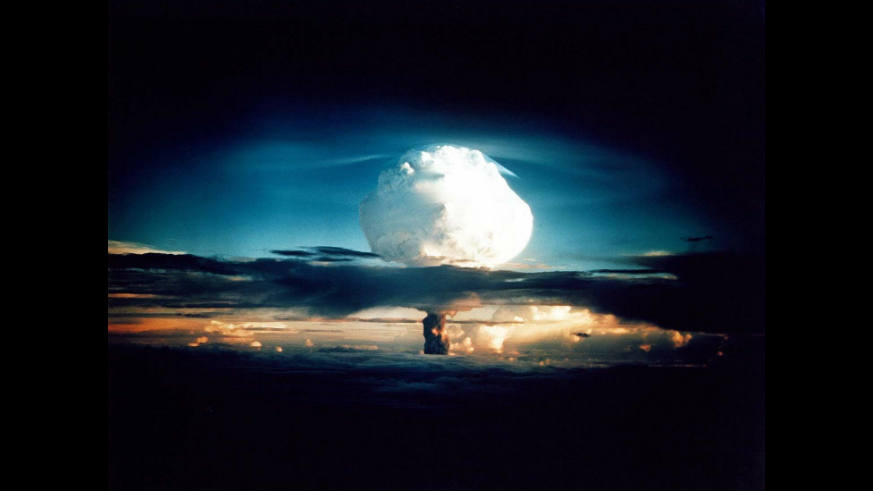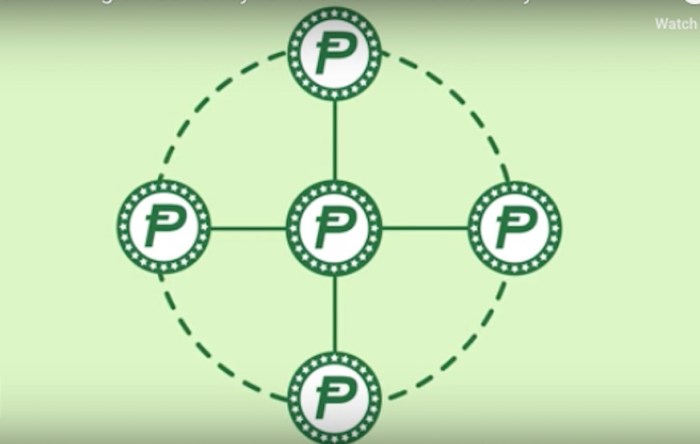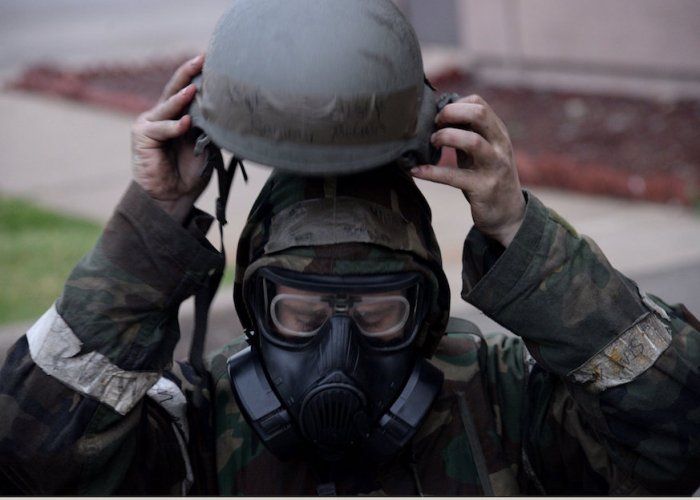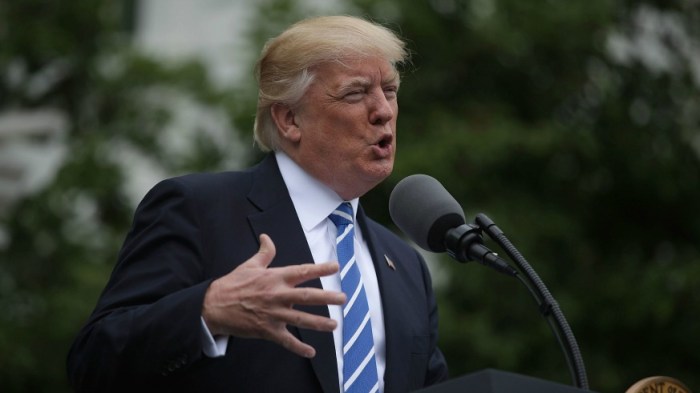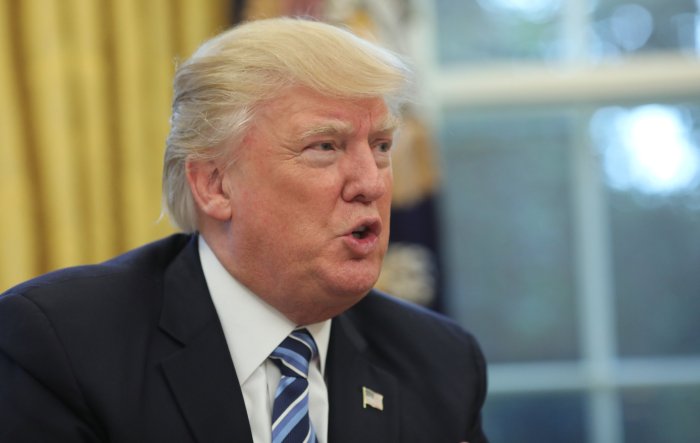As rhetoric on both sides of the world mount, the threat of nuclear holocaust is heavily weighing on minds. CNN reported on Tuesday that it would only take 20 minutes for a nuclear missile to reach Hawaii from North Korea. What about here in New York City?
“In general, from what I’ve been told, it isn’t time to panic yet,” Bulletin of the Atomic Scientists Communications Director Janice Sinclaire told us.
In 2015, the Bulletin published an adaptation of Lynn Eden’s book “City on Fire” which explains what could happen if an 800-kiloton nuclear warhead detonated above Midtown Manhattan.
In this scenario, the Russian intercontinental ballistic missiles would be carrying 1,000 warheads that could reach the United States in just 30 minutes. The warheads would have about the blasting power of 800,000 tons of TNT.
Nuclear fireball
Within a few tenths of millionths of a second after detonation, the center of the warhead would reach temperatures about four or five times the temperature of the center of the sun.
Superheated air would shoot outward at millions of miles per hour. It would take one second for the fireball to reach a diameter of one mile.
Nuclear rain of fire
Seconds later, fires would burn a few miles from the fireball, causing winds to scatter the flames.
“Within tens of minutes of the detonation, fires from near and far would join to form a single, gigantic fire,” according to the article. “The energy released by this mass fire would be 15 to 50 times greater than the energy produced by the nuclear detonation.”
Ground Zero
Basically, anything in the fireball’s path would vaporize and within tens of minutes, there will be no survivors, according to the excerpt.
“At the Empire State Building, Grand Central Station, the Chrysler Building, and St. Patrick’s Cathedral, about one half to three quarters of a mile from ground zero, light from the fireball would melt asphalt in the streets, burn paint off walls, and melt metal surfaces within a half second of the detonation. Roughly one second later, the blast wave and 750-mile-per-hour winds would arrive, flattening buildings and tossing burning cars into the air like leaves in a windstorm. Throughout Midtown, the interiors of vehicles and buildings in line of sight of the fireball would explode into flames.
“Slightly more than a mile from ground zero are the neighborhoods of Chelsea, Midtown East, and Lenox Hill, as well as the United Nations; at this distance, for a split second the fireball would shine 10,000 times brighter than a desert sun at noon. All combustible materials illuminated by the fireball would spew fire and black smoke.”
For more on the effects of nuclear fallout and how it would affect neighboring areas, read the report on the Bulletin’s website.
Doomsday
The Doomsday Clock remains at two minutes and 30 seconds to midnight. The nonprofit Bulletin of the Atomic Scientists decides the symbolic hour yearly and the next meeting of the board will be held in November, Sinclaire said.
While North Korea will be discussed, it isn’t a guarantee the Doomsday Clock will move.
“I wouldn’t say that’s impossible, but it would be unprecedented,” Sinclaire explained while adding that the clock isn’t a prediction; it’s a metaphor.
But when asked about all the bluster between President Donald Trump and Noth Korea’s leader Kim Jong-un, Sinclaire said, “I don’t think that anybody that studies nuclear weapons thinks that’s a good idea.”
Update, Aug. 16:
Lawrence Krauss, the chairman of the board of sponsors confirmed to CBS News that despite escalations with North Korea, the clock will not be set closer to midnight, at least until next year.
“We don’t make changes to the Doomsday Clock in response to individual events,” Krauss said.

